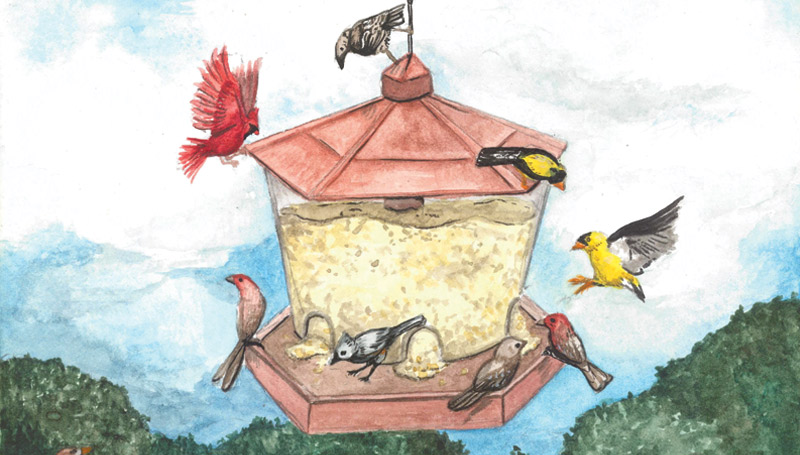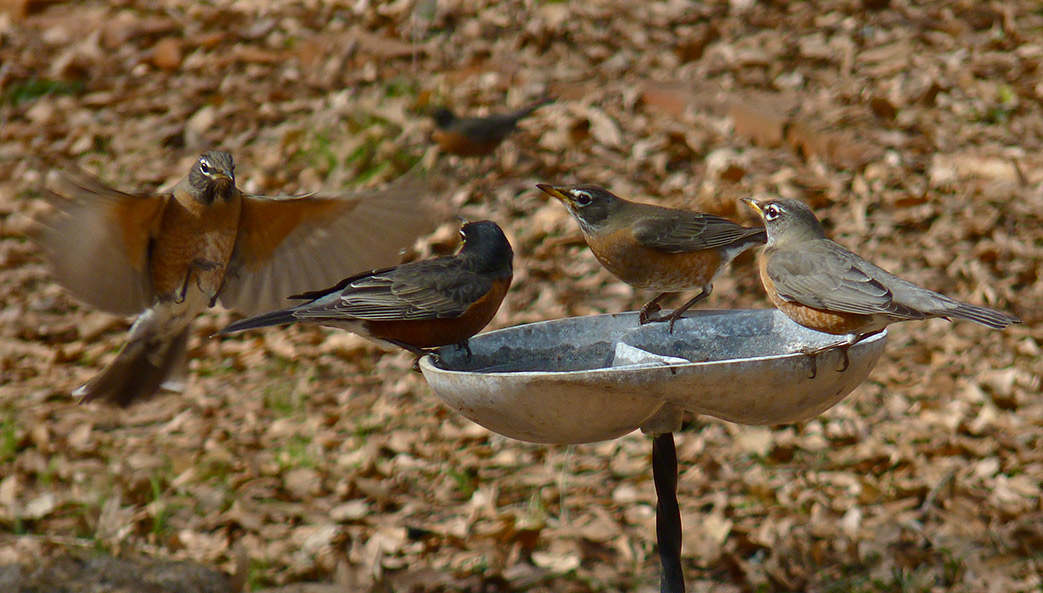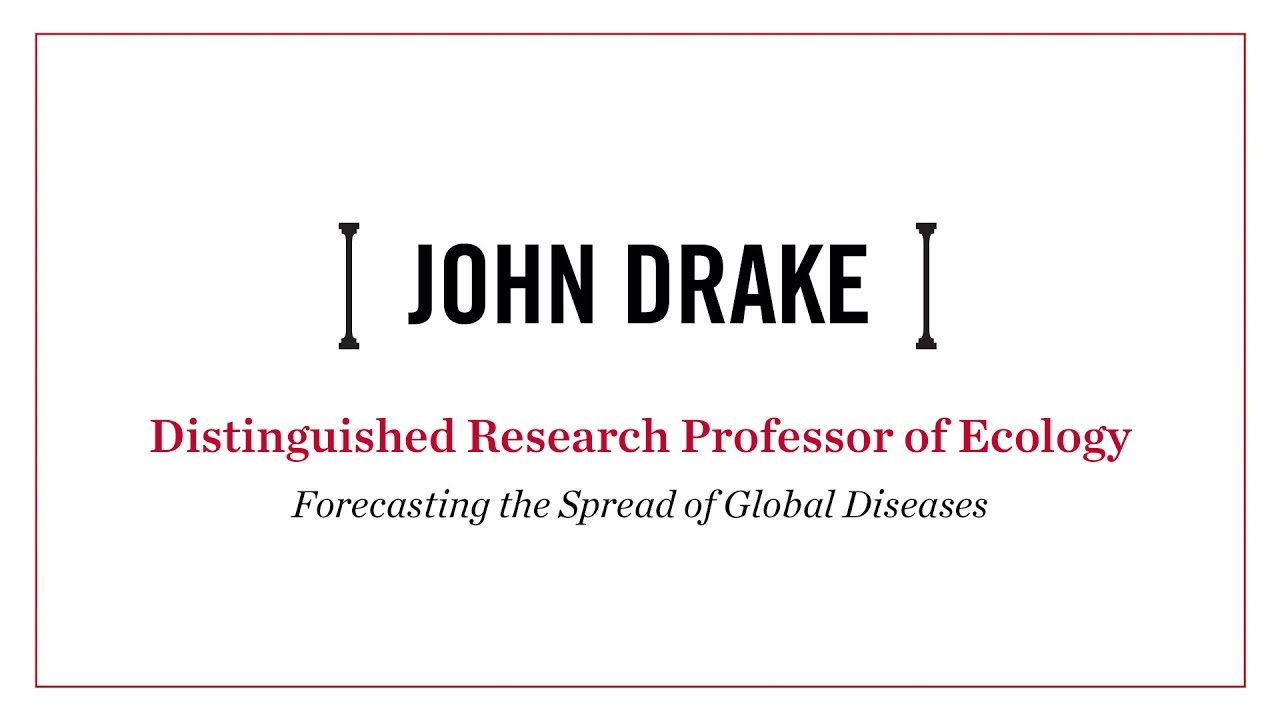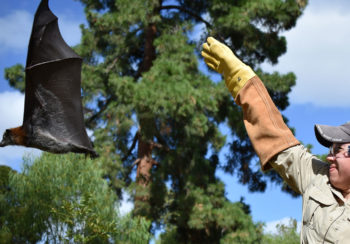There’s something about feeding a wild animal that feels almost like an act of charity. Campers, hikers and picnickers are happy to share a morsel from their lunch in exchange for a close encounter, and the critter scurries away satisfied—a perfectly fair transaction, right?
“For a lot of people, feeding wild animals provides a crucial connection to nature, increases their appreciation of wildlife and presents opportunities for outreach and education,” said Sonia Altizer, UGA Athletic Association Professor of Ecology.
But there can actually be a down side to such interactions, according to Altizer and other researchers at the Odum School of Ecology. Because pathogens such as bacteria or viruses are often spread by close contact, food sources that attract large numbers of animals can encourage transmission—from the humans to wildlife or vice versa.
Think, for example, of the common birdfeeder. Well-intentioned homeowners adorn their yards with a variety of seed-filled contraptions that attract a steady stream of colorful bird species. It doesn’t take those birds long to figure out that feeders are a dependable food source, so they habitually congregate in the same area waiting for the next donation.
As numerous birds gather around the feeder, the chances of spreading communicable diseases increase. If there is more seed than the birds can eat, then rodents and other scavengers may begin to frequent the area as well, creating an even larger pool of diseases that could leap from one species to another.
“It’s not always going to be the case, but on average we find more disease in wildlife that have been intentionally fed by people,” said Daniel Becker, a doctoral student at the Odum School.
Altizer and Becker analyzed over 20 published studies of supplemental wildlife feeding and infectious disease and published their findings in the journal Ecology Letters.
Part of the problem is the food itself. As more and more humans give animals junk food such as the leftovers from their drive-through meals, which are filling but not particularly nutritious, the inadequate diet might weaken animals’ immune systems and make them more susceptible to bacteria and viruses. And even when the provided food is nutritious, in most cases that is not enough to overcome the exposure risk—especially when the animals are amidst a large group having frequent contacts both with humans and other species drawn to the scene.
So what does this mean for you? For starters, the Odum researchers are quick to note that you needn’t tear down your bird feeders. “We don’t want to suggest that all feeding of wildlife should be avoided,” said Altizer, “but we do need to find ways to minimize the risks for human and wildlife health.”
Even now, you may take a few simple steps to assure a cleaner mutual environment. “Spreading feeders far enough apart could distribute the birds over a greater area so that there is less contact between them,” said Becker. “And periodically cleaning the feeders can help limit the buildup of infectious agents.”
However, if you are out and about enjoying nature’s bounty and you come across some wild animals, it might be best to keep your food to yourself. Apart from the threat of disease, some animals may become highly dependent on handouts, and they can be aggressive toward humans if they think there is an easy meal to be had.
Ultimately, Becker and Altizer hope that more study will help homeowners, park visitors and professional wildlife managers develop new methods of limiting the spread of disease. “We need field experiments, we need long-term observational studies and we need to develop models focusing on environmentally transmitted parasites such as worms; these are areas where we’re lacking information,” Becker said. “This is an issue that’s not going away, so we need to understand it.”







